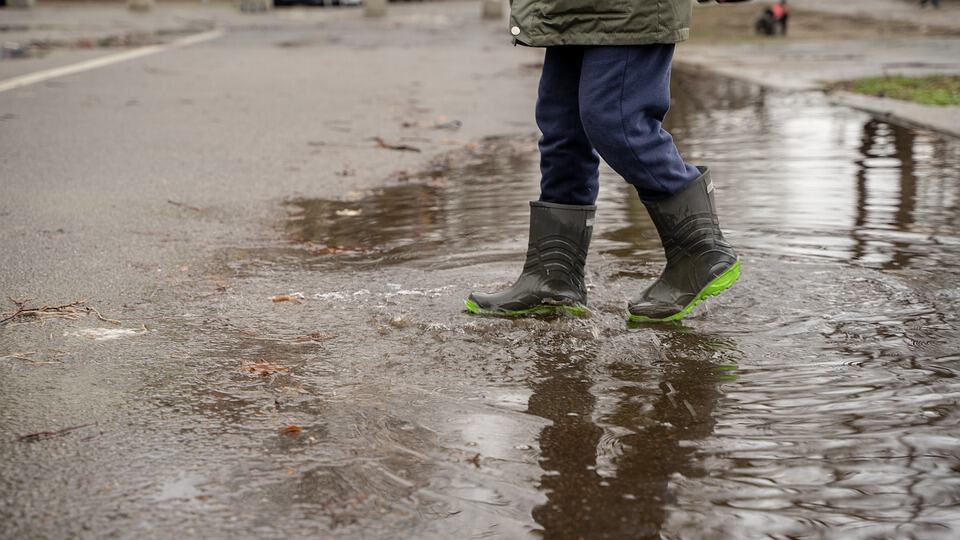It is known that not only in rental properties but even your own home, wear and tear occurs. Over time, as we live in these homes, gradual deterioration is unavoidable and not always as a result of neglect or abuse. In other circumstances however, the mistreating of fixtures, fittings and furniture is done due to acts of carelessness or neglect. So how do you tell the difference between the two and are you right to action a claim to replace these possessions as a landlord?
On ‘Homelet’, the rental insurance provider’s website, it suggests worn carpets, minor scruffs and nicks, faded curtains and the odd mark on the wall is unavoidable over time whether it be in your personal home or one you let. These are considered ‘normal’ or ‘fair’ wear and tear and as a result, it is not reasonable to charge tenants to replace or repair as it is a matter of daily life!
On the opposing end of the scale, damage caused by a tenant whether it be due to an act of carelessness, something that’s deliberate or re-occurring, cannot be deemed fair. Instances such as dents or holes in walls, smashed glass or dented/ripped furniture, broken toilet seats and damage as a result of pets is something landlords are often able to claim through ‘tenants liability insurance’ as long as it was not considered fair wear and tear. Some difficult tenants can try to disregard the damage for being their fault, so how can you cover yourself?
Homelet believe photographs and inventories are a perfect way to cover yourself in these situations. By taking ‘before’ pictures of the properties rooms, you can compare them to when your tenants have vacated. Homelet go on to inform that; “Having a detailed and accurate inventory in place can be a big help when it comes to avoiding disputes over damage between tenants and landlords”. It is important to note that written or photographic evidence of any damage caused by tenants will prove vital when claiming as insurers will be able to distinguish whether or not it was intentional or as a result of neglect.
Your inventory should include a walkthrough of each room in the property, its condition and whether or not there has been any damage previous to the tenants living there. Not only should you record the furniture, but the walls, paintwork, windows, carpets, fixtures and fittings also. If you are planning to claim, or take money out of your tenants deposit as a result of the above you should explain to your tenant your reasons allowing them time to agree or dispute. Homelet believe that tenants are more likely to dispute claims if they have not been made aware – so communication is key!
Homelet conclude; “As long as the damage has been caused by tenant abuse or neglect rather than simple wear and tear, and providing you have all the necessary evidence that the damage occurred during their tenancy, i.e. dated pictures of the condition of the property when the tenants moved in, you should be able to successfully claim the amount from the tenants deposit”.




About The Author: Georgia Derham
More posts by Georgia Derham